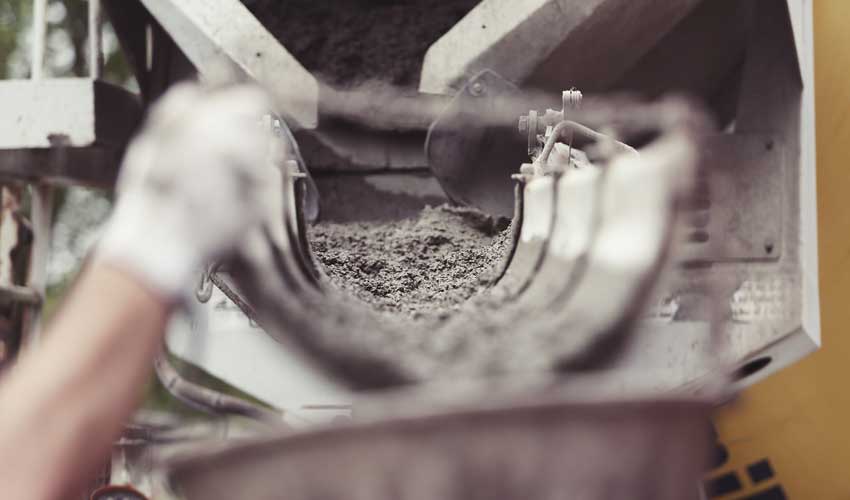Pouring Concrete in Cold Weather

Winter has arrived early and that brings up questions about pouring concrete in cold weather. Yes, it can be done. In fact, concrete is routinely poured in cold weather. But certain measures must be taken to ensure the concrete gains the desired strength and does the job that it was intended to do.
If you are pouring concrete in cold weather, weather where the average daily temperature does not exceed forty degrees Fahrenheit, your concrete is considered “Cold Weather Concrete.” The American Concrete Institute has specific guidelines for how to pour cold weather concrete. Their document ACI 306 spells out the things that should be done. Warming the reinforcing steel, mixing the concrete with hot water, adding accelerating agents to the mix, covering the concrete with insulating blankets, and adding more cement to the mix to strengthen the concrete and speed up the curing time are all methods for overcoming the potential problems with pouring concrete in cold weather.
Concrete does not dry in order to get solid. This is a common misconception. Concrete hardens through a chemical reaction. And water is critical to this reaction. The curing process is often referred to as hydration. Concrete that dries out too fast will be weak and prone to failure (excessive cracking). You may have seen contractors spraying water on concrete slabs when they pour them in hot weather. That’s because the water in the concrete mixture is drying out too fast due to evaporation. Without the right amount of water, the chemical reation will slow or stop. Concrete is actually more difficult to pour in hot weather than in cold due to this quick evaporation problem.
But when pouring concrete in cold weather, care must be taken to prevent ice crystals from forming in the concrete as it cures. And colder temperatures slow down the hydration (curing) process. That’s why “accelerating agents” are used to speed up the process. Once concrete has reached a strength of 500 psi, it is no longer significantly affected by cold temperatures. Most concrete used for house foundations and slabs is called 3000 psi concrete. That is the strength it will reach after about a month. So it only takes a few days to reach 500 psi. During that time it needs to be protected from the cold. Since concrete generates a lot of heat while it cures, simply insulating it is all that needs to be done. No additional heat source is needed.
Don’t be worried about pouring concrete in cold weather as long as your builder follows the guidelines in ACI 306. If he does not know about these guidelines, point them out to him and insist on compliance. Or find a builder who knows about the proper methods of pouring concrete in cold weather.
I hope this information is helpful to you. You might want to get yourself a copy of my best-seller, Designing Your Perfect House. It is chockfull of valuable tips and advice that will save you many times the cost of the book on your house building or remodeling project. You might also like The Well-Centered Home: Simple Steps to Increase Mindfulness, Self-Awareness, and Happiness Where You Live. It will show you how to make your home a happy place.

